 The last time we saw Master Chief and Cortana, they were drifting off into unknown space on the rear half of the UNSC frigate Forward Unto Dawn. Nearly 6 years later, Halo 4 was announced under the development of 343 Industries, and was planned to be the first instalment in a second trilogy. In this installment, Master Chief is called into service once again with Cortana to save everybody from a new threat. You know how it goes.
The last time we saw Master Chief and Cortana, they were drifting off into unknown space on the rear half of the UNSC frigate Forward Unto Dawn. Nearly 6 years later, Halo 4 was announced under the development of 343 Industries, and was planned to be the first instalment in a second trilogy. In this installment, Master Chief is called into service once again with Cortana to save everybody from a new threat. You know how it goes.
There’s nothing much to say about this game; it’s Halo. If you’ve played any Halo game (and I’m sure you’ve played at least one), you know what you’re getting into. This is actually a good thing since this is the first title in the series without Bungie, and 343 Industries took on the challenge and created a game that Halo fans will appreciate. Halo 4 gave me a bit of nostalgia. It’s been awhile since I’ve entered the Halo universe, so it was refreshing to play a game like this again.

There are some changes in Halo 4, but the core gameplay is still intact. One of those changes is in the game’s story, which is more emotional than previous games. Cortana has reached her life expectancy as an AI, which means that Master Chief is pinned in a position to find a way to save her partner from thinking herself to death while simultaneously stopping this new threat from the Prometheans. You’d think the relationship of the duo would be the highlight of the story, but instead, it’s actually benched for the most part and only called on when needed. The main focus is still the world-ending threat, and once in a while Master Chief witnesses his partner for years malfunctioning in front of him, even during a fight.
I applaud 343 Industries’ attempt to bring a more serious tone to Master Chief’s relationship with Cortana, but it’s hard to take the emotional cut-scenes between the two iconic characters seriously when one of them is pouring with emotion, and the other is as stoic as ever, with his helmet preventing the player from getting a sense of his reactions to a situation. Not that I want Master Chief to reveal his face, but it just didn’t make any sense with regards to what they were trying to do. Master Chief is a great character, but his deep voice (which never changes) and his “the mission comes first” approach in every situation makes emotional cut-scenes feel awkward. Keeping the camera on Chief’s head doesn’t make it an intense scene.
Halo 4 did have a chance to create a great antagonist for Master Chief, a true nemesis that pushes him to his limits, but sadly falls short at the climax (you will understand when you hit the end). The story wasn’t what I hoped for, but looking back – what was I expecting? In the end I got the usual “must save the human race” plot, which is getting old.

But of course, Halo is all about the action, and you get plenty of that in Halo 4. You’d think after years of cryonic sleep, Master Chief would get some real R &R, but no. From when he wakes up until the credits start rolling, you encounter a battle at every turn you take, and that’s how it’s supposed to be. The campaign has a similar length to previous games with the same mix of FPS and vehicular warfare we’ve come to know in previous titles. The Covenant still shows up as the enemy, but the Prometheans, which are forerunner constructs that sport cool-looking skull faces once they open up, take up most of the spotlight, or rather, most of Master Chief’s bullets. The new enemies are quite challenging, especially the Promethean Knights (whom I hate fighting when there’s more than two at a time). They make a good alternative to the Covenant enemies we’ve gone against for years, but man, how I wish they added more enemy types for the Prometheans.
With new enemies come new weapons, but the Promethean arsenal is sadly not appealing. The UNSC and Covenant guns still pack a punch and completely outweigh the new weapons. But you’re mostly forced to use these new alien weapons anyway, since you will eventually run out of ammo for your trusty DMR. Prometheans are your primary enemies in the campaign, so you’ll eventually get used to the new weapons, but as soon as I found a bunch of abandoned UNSC equipment with ammo, I instantly dropped everything I had and picked up a more familiar weapon set. I couldn’t wait to get rid of them.
It seems like 343 Industries did not seek to create anything groundbreaking, but instead wanted to bring the series back in the best way possible without alienating the Halo community. The game looks amazing and is one of the best-looking exclusive titles on the Xbox 360. It definitely pushes the console past its limits and I appreciate the level of detail they put into the game’s environments. Once I finished the campaign, I wasn’t too satisfied with the end result, but I’m definitely now eager to see how Halo 5 and 6 pan out with Master Chief out in the wild. Now that the campaign is out of the way, let’s get into the crazy famous multiplayer.

Multiplayer
Halo 4’s competitive multiplayer, now called War Games, is a way better experience than the previous offering in Halo: Reach. The game has better connections for players in Asia. The map designs are more strategic thanks to many entry points allowing access to more areas. DMR is still the most used weapon from what I can tell, but the other weapons can be as effective; it all depends on your play style. Game modes like Slayer and Team Slayer return with a good mix of other objective-based modes to provide variety for all types of players. On its initial release, the game shipped with 10 multiplayer maps, which created a good map rotation for players, preventing them from getting sick of certain arenas. Some maps are quite large in order to incorporate vehicles into play, while others are small enough for players that love to engage in close quarters. A good mix indeed.
Special weapons and grenades like the sniper rifle, plasma grenades, SAW, the Energy Sword, and many more spawn on the map and are up for grabs to the first comers. Each map has a different set of weapons spawning, so it creates some strategy and gives a bit of an edge to the team that uses it right. There are also Ordnance drops, which are another way to give a specific player an edge during a match. Once you acquire enough medals, you will earn an Ordnance drop, providing you with three choices that can range from a weapon boost to a rocket launcher drop. Sadly, Ordnance drops are only available in certain game modes, which I’m assuming was done to prevent balancing issues.
The multiplayer customization is about the same as any FPS. The Spartan program has started up again and you are among the new Spartan –IV batch stationed at the UNSC Infinity. There’s a level-up system, of course. When you level up, you get Spartan Points (SP) to either unlock a specific ability or weapon that you can include in your custom load-outs. There aren’t many abilities and weapons to unlock, but there’s tons of Spartan armour so you can really stand out visually, as well as a vast variety of designs to make your unique emblem. The Forge is also included, which lets players customize maps and game modes that can be used in custom matches.

Their third main mode, Spartan Ops, replaces Firefight and is new to the series. It’s an episodic, story-driven game mode with its very own storyline and characters. It takes place six months after the campaign and you have objective-based missions with cinematics that tell a whole new story. A new episode is released every week and season 1 is expected to have 10 episodes, with each episode having 5 missions each. I loved the concept and the story, but the gameplay is pretty much a recycling of campaign levels and objectives (based on the first two episodes). Like a TV series, we’ll just have to wait and see how the story turns out in the end.
It’s an ambitious game mode since each chapter includes a cinematic clip that looks amazing. And the fact that they call this season 1 makes me believe that they are planning to create more content in the coming months, making Spartan Ops and the multiplayer two good options for jumping back into Halo 4 once you’ve finished the campaign. So far, it falls short in gameplay due to reusing content. I’ll give it a chance when more episodes are out to see how the story progresses, but at this point I still prefer Firefight.
Halo 4 doesn’t break any boundaries, but it definitely did not disappoint. While the story was not what I expected, the campaigned entertained me for a good 10 hours, and the multiplayer remains as addicting as it’s ever been. Spartan Ops is a bit lacking in terms of gameplay but it has the potential to redeem itself in the coming weeks. When it comes to Halo, I don’t want that much change. The formula works. And if it works, why change it? 343 Industries kept most of it intact, and now that we know that this developer can take on a big franchise like this with the same quality Bungie would provide, I’m up for Halo 5 and 6.
Score: 8/10
Pros:
- Multiplayer still addicting as ever
- Best looking Xbox 360 game to date
- Halo formula still feels great after all these years
Cons:
- Weak story
- Spartan Ops gameplay
- Covenant and UNSC weapons far superior to the new weapons

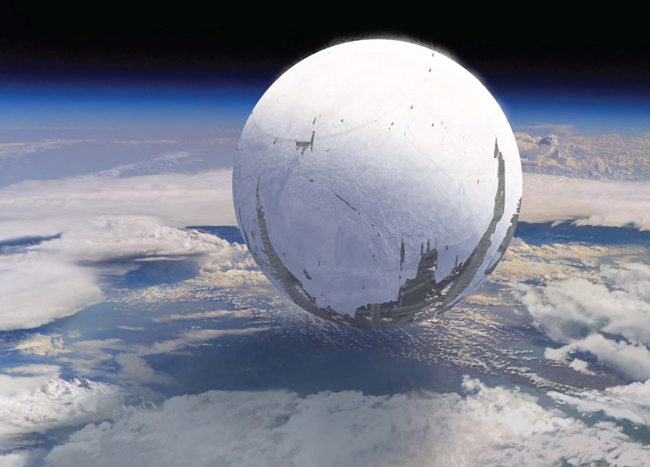
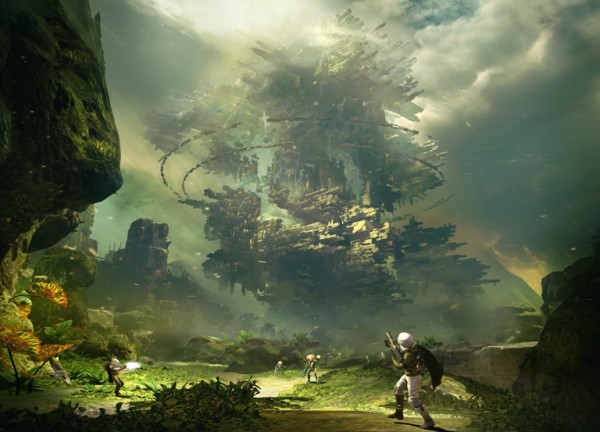

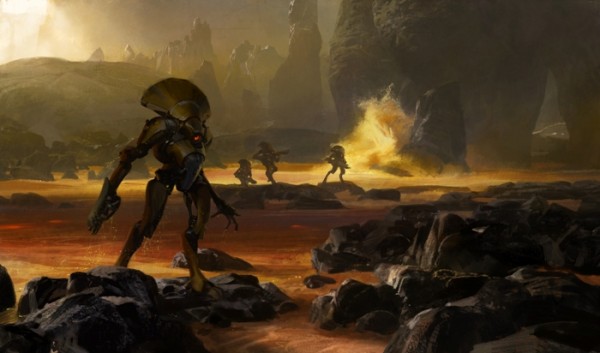
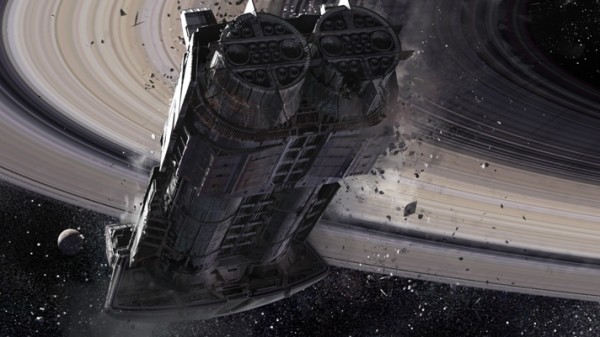
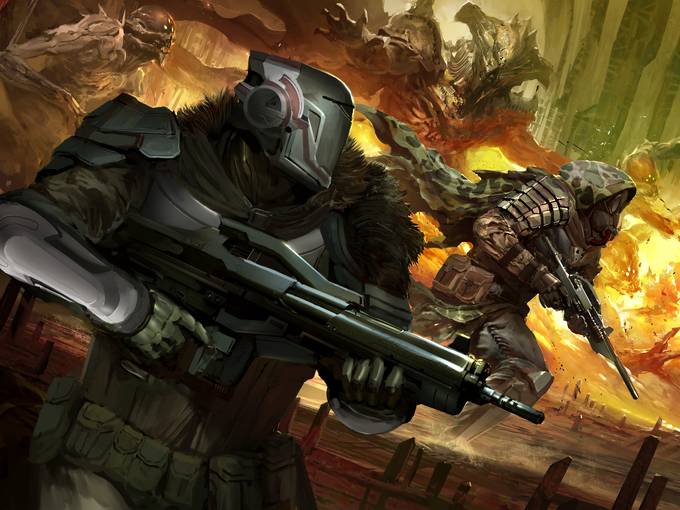
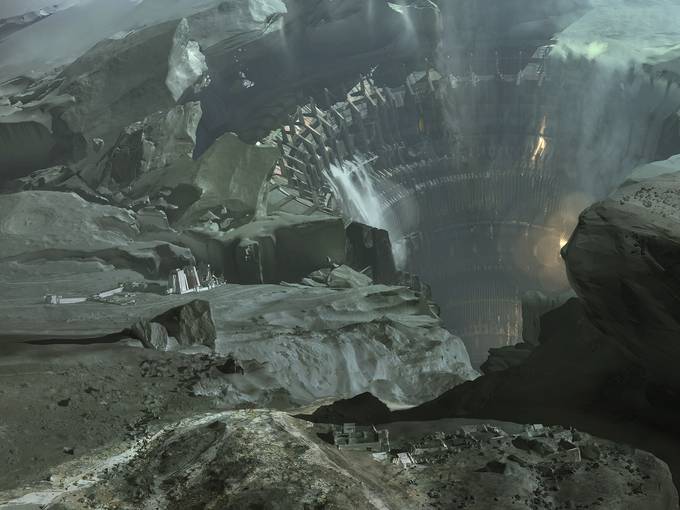
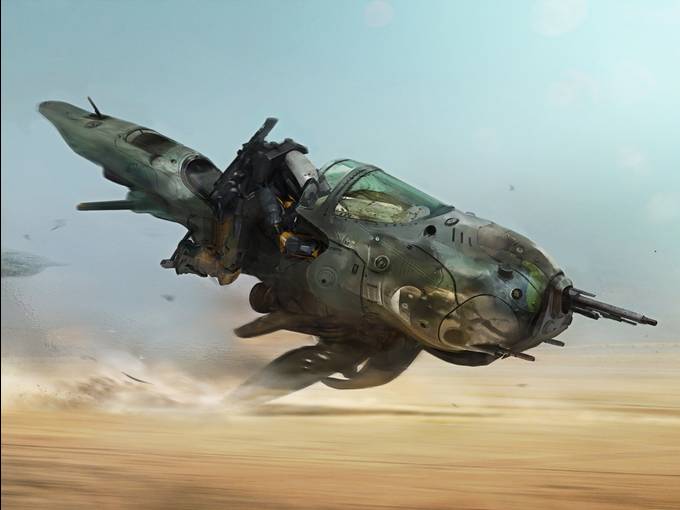
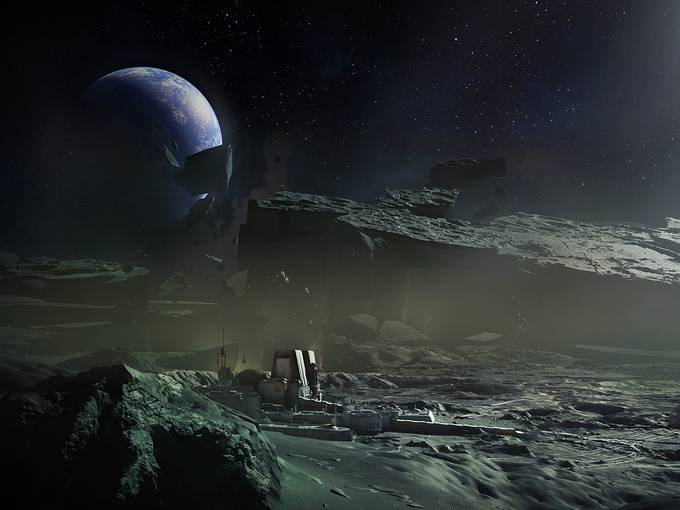






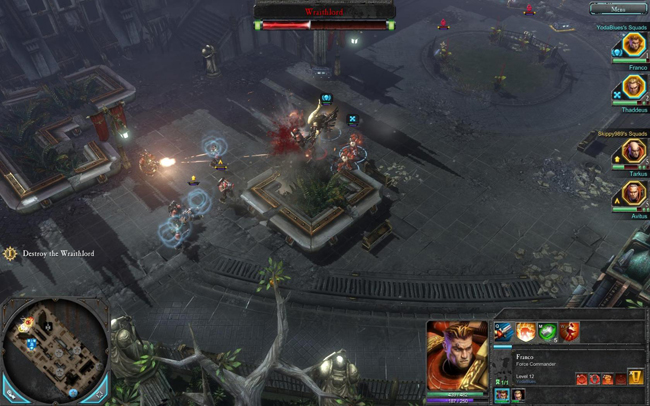

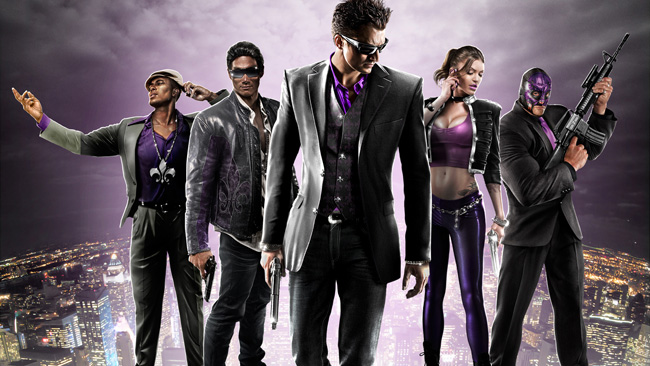
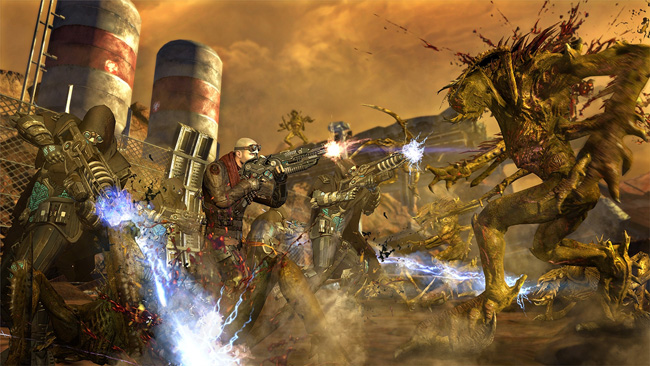
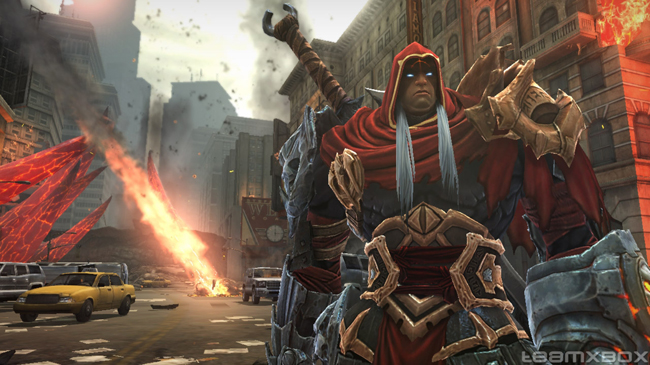
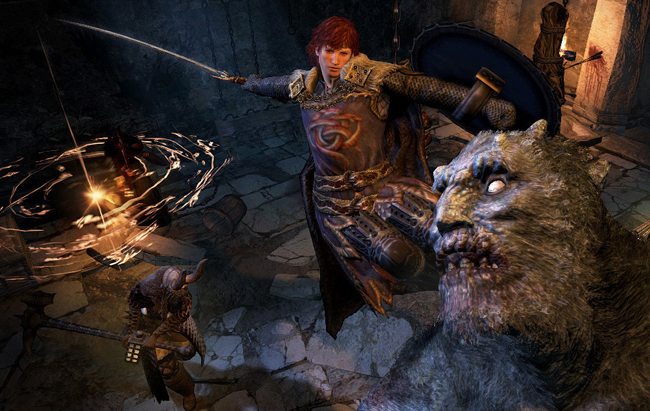 Capcom released a new trailer for Dragon's Dogma: Dark Arisen, an expansion to the 2012 Shadow of Colossus-ish open world RPG. The trailer gives us a good look at the added monsters you get to face in Dark Arisen. Check it out below.
Capcom released a new trailer for Dragon's Dogma: Dark Arisen, an expansion to the 2012 Shadow of Colossus-ish open world RPG. The trailer gives us a good look at the added monsters you get to face in Dark Arisen. Check it out below.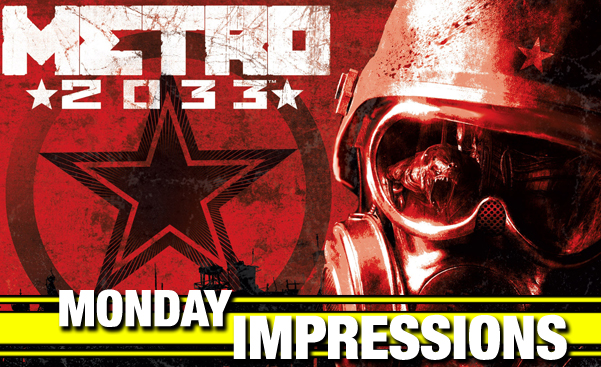 Last weekend I revisited a game that has been on my Steam list for months. A game I played when I first got it but lost all interested in continue not because of how bad the game was, but because how I I lost my save file thanks to by hard disk dying on me. Playing it again reminded me on how much I was missing out, and that the upcoming sequel, Metro: Last Light, is slowly becoming one of my most anticipated games of 2013.
Last weekend I revisited a game that has been on my Steam list for months. A game I played when I first got it but lost all interested in continue not because of how bad the game was, but because how I I lost my save file thanks to by hard disk dying on me. Playing it again reminded me on how much I was missing out, and that the upcoming sequel, Metro: Last Light, is slowly becoming one of my most anticipated games of 2013. 
